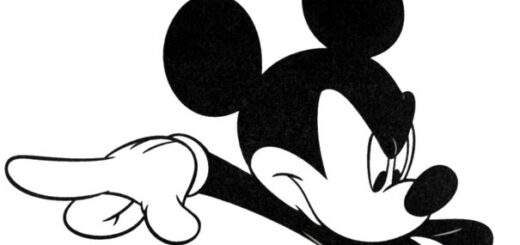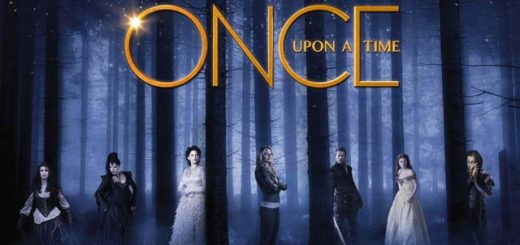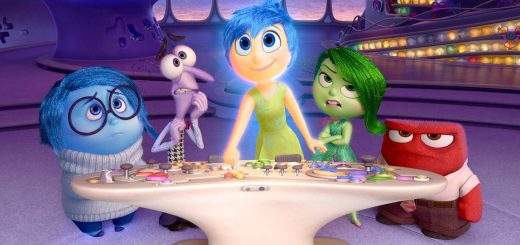Why Are a Bunch of Women Suing Disney?
You’ve read the headlines and are undoubtedly wondering about something. Why are a bunch of current Disney employees suing the company? And why are they all women? Read on to find out what Disney has allegedly done wrong.
Facts about Pay Inequality
Gender pay inequality has become a hot button issue in our society. Why, just yesterday, U.S. Soccer claimed that the members of the highly successful women’s national soccer team have “less responsibility” than the members of the men’s team. Yes, they both play soccer…but they’re paid differently for it.

Photo: Bernadett Szabo/Reuters
That statement sadly applies to much of the workforce. Data suggests that women earned 79 cents for every dollar that men received for the same work in 2019. So, a man would earn $50,000 a year for doing the same job that pays a woman $39,500. And the only explanation for this difference involves chromosomes and genitalia.
Apparently, Disney isn’t above such behavior. In April of 2019, two women filed a complaint against the company. In documents provided to the city of Los Angeles, the employees alleged that Disney regularly discriminates against women.
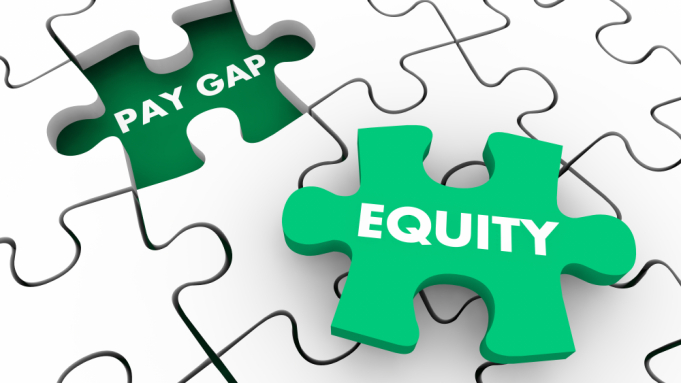
Photo: Shuttershock
Discussing the Charges
Three of the charges are especially troubling. According to the disgruntled and possibly mistreated Disney employees, the company regularly underpays women compared to men.
In addition, Disney doesn’t do a satisfactory job of promoting women. The lawsuit indicates that when all other things are equal, the company favors promoting men.
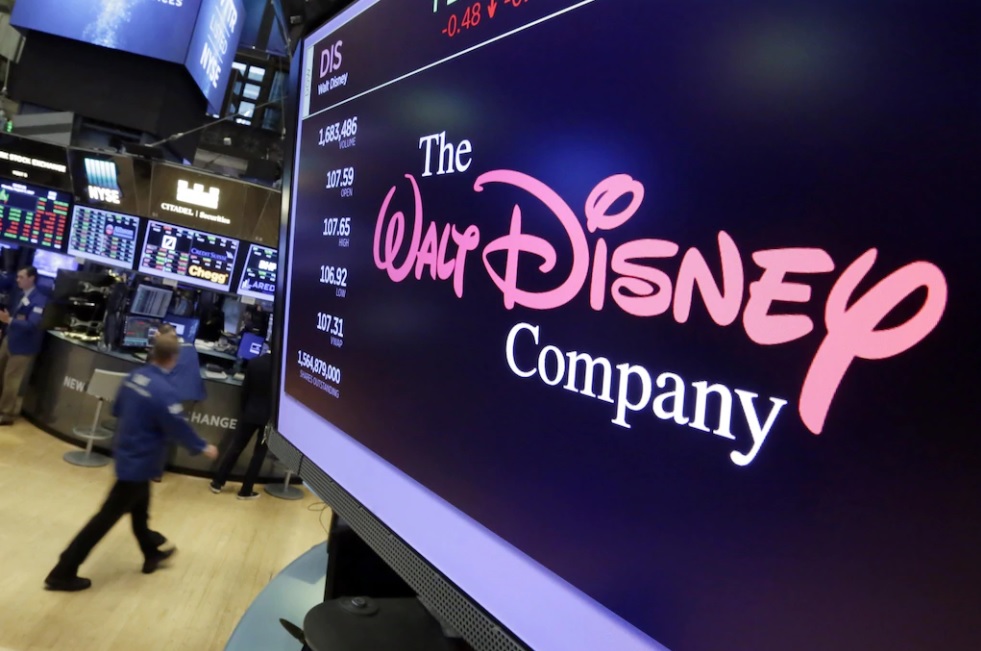
Photo: The Associated Press
Even worse, Disney’s job descriptions don’t always match up with the amount of work that women do. According to the charges, executives misrepresent job duties to justify the lower salaries.
How sure should we be that these allegations are correct? Well, that’s the uncomfortable part. The salary complaint comes straight from Disney. You see, the United Kingdom changed its laws a few years ago. Businesses with at least 250 employees suddenly had to report their performance in matters of the gender gap.
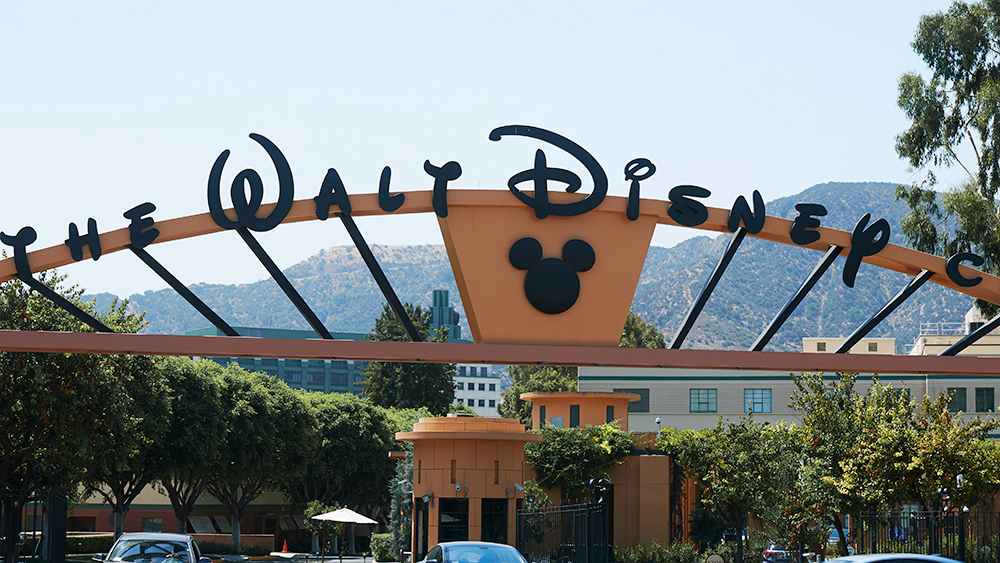
CREDIT: MICHAEL BUCKNER FOR VARIETY
In March of 2018, Disney produced this document to follow the letter of the law. As part of its findings, the company revealed a British payroll disparity of 22 percent between men and women. Even that number misrepresented the situation a bit. Once calculations allowed for bonuses, the gap extended to 41.9 percent.
In the written summary, executives defended the matter by saying: “Our gap is, in large part, driven by a disparity between men and women at the most senior executive level in the organization.”

Credit: Ink Drop
Facts about the Lawsuit
In the wake of this filing, Disney knew that it was inevitably going to get sued. That would happen 13 months later after attorneys for the aggrieved had performed their due diligence on the matter. One of the lawyers summarized the decision to file in Los Angeles this way: “This is apparently a worldwide problem, and we’re going to tackle it in California.”
By July of 2019, four women had joined the class action suit. At the end of the year, the number had more than doubled to nine. This morning, March 11th, Los Angeles County Superior Court Judge Daniel J. Buckley authorized the tenth plaintiff.

Photo: OurWeekly.com
Remarkably, eight out of the ten women still work at Disney. The Los Angeles Times reports that many of the remaining employees work at the company’s Burbank and Glendale offices. They accuse the company of violating California’s Fair Employment and Housing Act.
Journalist Meg James states that the women have asked the court and Disney for the following:
“They seek salary increases, back pay, damages and adjustments to salaries of other female employees who may also be affected. The group also has asked Disney to create a task force on equity and fairness.”

Photo: DisneyParksBlog,com
What Is Disney’s Exposure?
Disney has understandably refuted the charges despite their own published report. Executives have argued several reasons why the comparisons aren’t apples to apples, just as U.S. Soccer did with its men’s and women’s soccer teams.
From an editorial perspective, the situations are identical in that even the most casual observer can tell the truth about the matter. However, it’s financially inconvenient for the sued parties to admit guilt. If Disney loses this class action legal matter, half of its labor force could sue.

Now, that’s an unrealistic doomsday scenario. Major American corporations rarely accept more than a slap on the wrists in court. Most of the time, allegations either get dismissed, or the parties agree to an out-of-court settlement.
Attorneys for The Walt Disney Company have fought to keep more women from joining the lawsuit. The optics are as problematic to Disney as the court case itself. Half of the company’s fans are female. Disney can’t afford to face a slew of headlines about sexist payroll practices.

Photo: Disney
How the Women Tried to Address the Issue
As an example, the woman added to the class action suit today is Chelsea Hanke. She claims that her starting salary in 2013 fell 16 percent behind male co-workers with similar job duties. Anyone considering that statement should feel annoyed, but our female readers are likely seeing red right now. It’s patently unfair, which is why laws exist to prevent such behavior.
Sadly, the situation can sound even worse once I mention additional details. Female employees learned of the gender gap salary disparity and tried to discuss it with their superiors. They were strongly discouraged against having such conversations.
“Women at Disney, and women in her department in particular, are expected to clean up after the boys. When she raised questions about when a woman might run Disney, she was explicitly scolded for making those comments.” #equalpay https://t.co/HuO54DqvCE
— Lori Andrus (@AndrusAnderson) March 11, 2020
In fact, Hanke charges that she wanted to speak with former CEO Robert Iger about the matter. Executives slotted between the woman and the leader of the company on the org chart did everything that they could to prevent that conversation. Yes, that looks very bad.
The numbers are also problematic. Some of the female employees involved in this suit asked for financial audits. They learned that they are underpaid by $16,000 – $40,000 relative to male employees. It’s…not great.

Credit: Getty Images
Where the Matter Stands Today
Disney has one positive in this matter, though. The current employees suing the company haven’t burned bridges yet. In fact, one of their attorneys stated, “Every one of my plaintiffs loves their job, and they love the people who they work with. They love the Disney brand.”
So, the company has an easy out here. They can settle the lawsuit and trumpet the fact that they’re trying to do the right thing. However, for months now, Disney’s stuck with the statement that the class action suit is “without merit.”
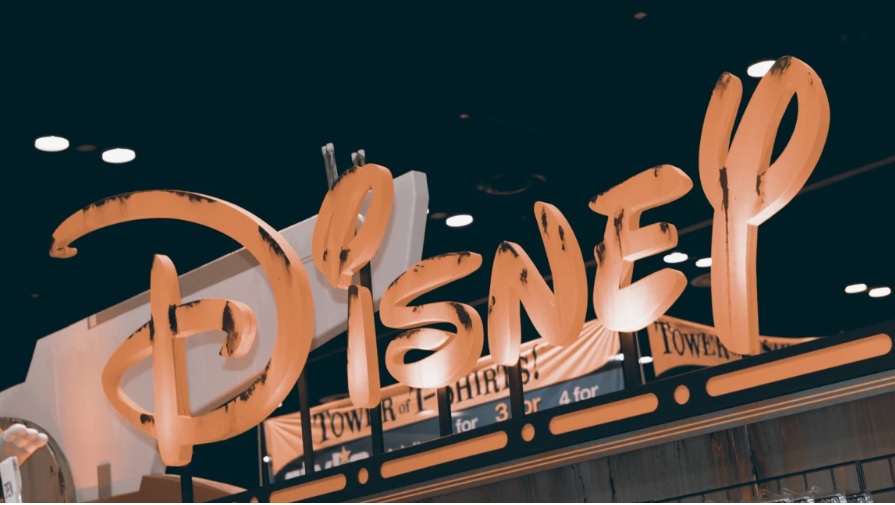
Photo: https://www.flickr.com/photos/aloha75/7857292856
Back in October, corporate lawyers attempted to get the charges dismissed. However, a judge ruled in favor of the plaintiffs in December. So, this case is likely to go to trial unless the parties agree to settle.
Given the unfavorable court rulings in December and now today, the class action suit is trending the wrong way for Disney. And it’s just a bad look overall.
Featured Image: Disney




